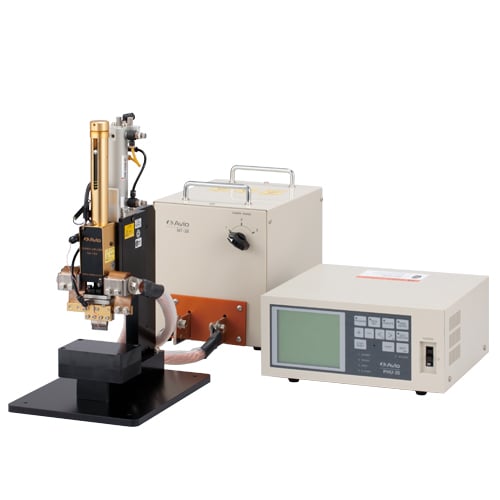
Exploring the Features and Advantages of Hot Bar Reflow Systems
As technology advances and components become increasingly intricate, the need for soldering methods that ensure seamless joints without compromising delicate parts is more critical than ever. Hot bar reflow systems have emerged as a cutting-edge solution, offering a range of features that elevate soldering to new levels of excellence.

Reliable Joining with Unwavering Precision
One of the standout features of hot bar reflow systems is the ability to achieve high reliability joining with unwavering precision. Unlike traditional soldering methods, where the work position might shift during the heating and cooling process, hot bar reflow systems maintain consistent pressure and position throughout the process.
Variable Temperature Profile for Delicate Components
The delicate nature of modern electronic components demands a soldering approach that minimizes thermal impact. Hot bar reflow systems excel in this aspect by employing localized and instantaneous heating. This means that the heat is applied precisely where it's needed, and the peripheral components remain relatively unaffected. This feature is invaluable for safeguarding sensitive parts from potential damage during the soldering process.
Reproducibility and Beginner-Friendly Operation
Achieving consistent results in soldering often relies on the skill of the operator. However, hot bar reflow systems change the game by incorporating digital PID control (regulates temperature, flow, pressure, speed and other process variables), ensuring reproducibility of temperature and time. This eliminates the need for highly skilled operators, making the soldering process more accessible and dependable across the board.
Lead Free Compatibility and User-Friendly Interface
The industry's shift towards lead-free soldering is accommodated by hot bar reflow systems. By allowing settings for higher temperatures and longer heating times, these systems effortlessly handle the demands of lead-free soldering.
Monitoring Functions and Stand Out Features
Hot bar reflow systems come equipped with a range of monitoring functions that ensure optimal performance. Temperature monitoring with upper and lower limits, profile detection error management, and safeguards against issues like overheating and thermocouple disconnection increase the reliability of the soldering process. Alongside these, standard features such as multiple stored settings, head vertical and cooling air control signals, auxiliary thermocouple inputs, and counter functions contribute to the system's versatility and adaptability.
Excellent Pulse Heating
Central to the success of hot bar reflow systems is the pulse heating method. This ingenious approach involves releasing electric current to a heater tip, inducing rapid localized heating through resistance. The resulting heat melts the solder, which is then promptly cooled by deactivating the current. The result is a highly reliable joining that holds steady under pressure until the solder solidifies completely.
With the ability to create strong, consistent joints while preserving the integrity of intricate components, hot bar reflow systems are an indispensable tool for the modern electronics industry. If you're seeking soldering solutions that elevate your production processes, look no further than the transformative capabilities of hot bar reflow systems.
